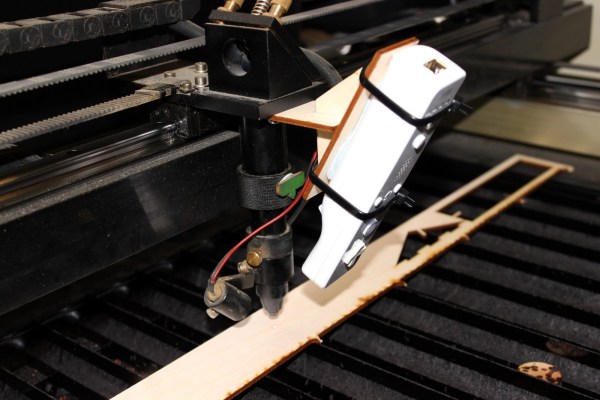So, you want a new Lexus? Well then download yourself a free car, and cut it out on a laser. Add some glue, and bingo, you have yourself a fancy new ride. We’ll, not really.
Sure, this promo video is just a publicity stunt from Toyota (News flash: Your fancy Lexus is actually a Toyota) but we have to hand it to them, it worked. It’s basically 1700 individually shaped, laser cut cardboard cross-sections that are painstakingly stacked and glued together. What we like about this is the technique – that is making a 3D object from 2D.
Using 2D parts to create 3D shapes is nothing new. Most people’s first experience with this technique is with building model airplanes. Instead of cardboard, balsa wood sheets are cut into profiles and connected with stringers to form the shape of a plane. It turns out to be a very efficient way of making 3D structures when you only have 2D materials to work with. And with 3D software now in the hands of the masses, it’s never been a better time to try your hand at building in 3D. For a great example, see this carbon-fiber guitar made using Autodesks free 123D Make software. And don’t limit yourself to parallel layers, you can generate all sorts of shapes including furniture with the free and open source Sketch-Chair software. Which will come in handy, because you’ll most likely need a place to sit while you’re waiting for your new cardboard car to finish printing.
[via CNN]
Continue reading “Are You Telling Me You Built A Lexus…Out Of Cardboard?”


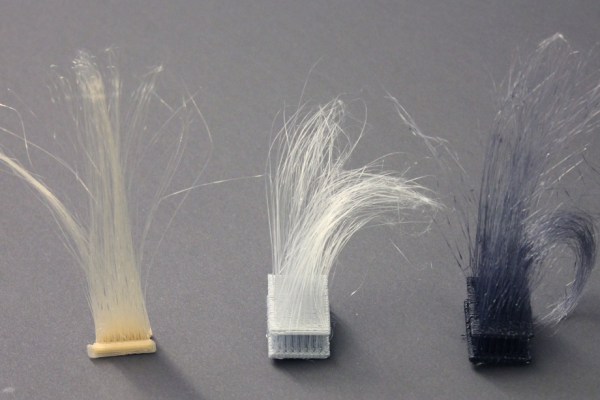
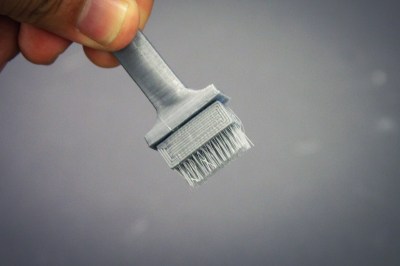 To avoid this particular phenomenon, 3D printing slicers generally have options like retraction and wiping. But, instead of trying to stop the stringing, [Chris Harrison, Gierad Laput, and Xiang “Anthony” Chen] decided to embrace it. Through extensive experimentation, they figured out how to introduce stringing in a controlled manner. Instead of random strings here and there, they’re able to create strings exactly where they want them, and at specific lengths and thicknesses.
To avoid this particular phenomenon, 3D printing slicers generally have options like retraction and wiping. But, instead of trying to stop the stringing, [Chris Harrison, Gierad Laput, and Xiang “Anthony” Chen] decided to embrace it. Through extensive experimentation, they figured out how to introduce stringing in a controlled manner. Instead of random strings here and there, they’re able to create strings exactly where they want them, and at specific lengths and thicknesses.


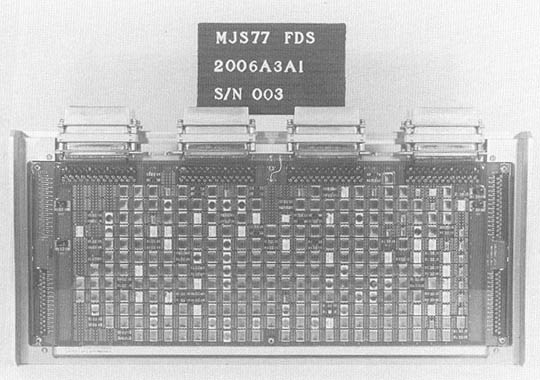
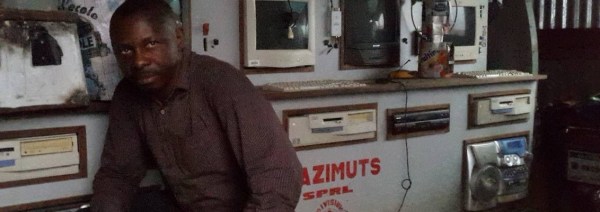
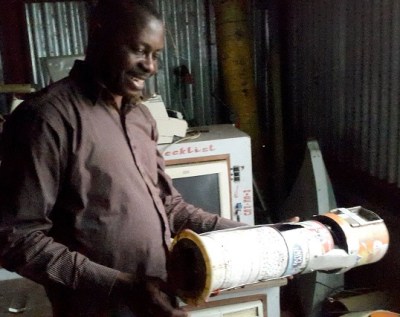 elusive zero gravity environment. [Mr. Keka’s] ‘Mission Control’ is a corrugated metal shed lined with CRT monitors and dated computers, but don’t let this fool you. His vision and drive are just as great as any space faring nation.
elusive zero gravity environment. [Mr. Keka’s] ‘Mission Control’ is a corrugated metal shed lined with CRT monitors and dated computers, but don’t let this fool you. His vision and drive are just as great as any space faring nation.